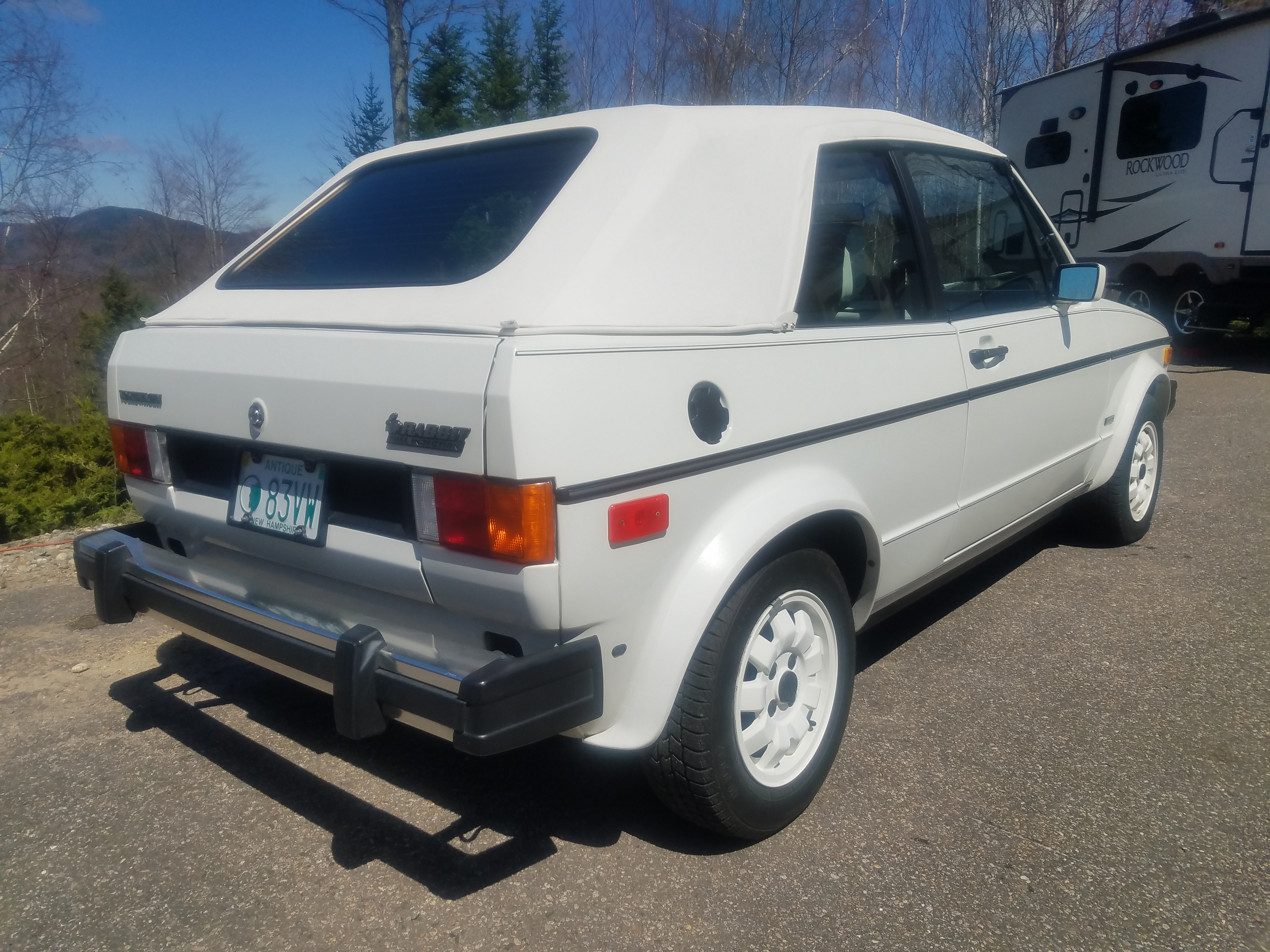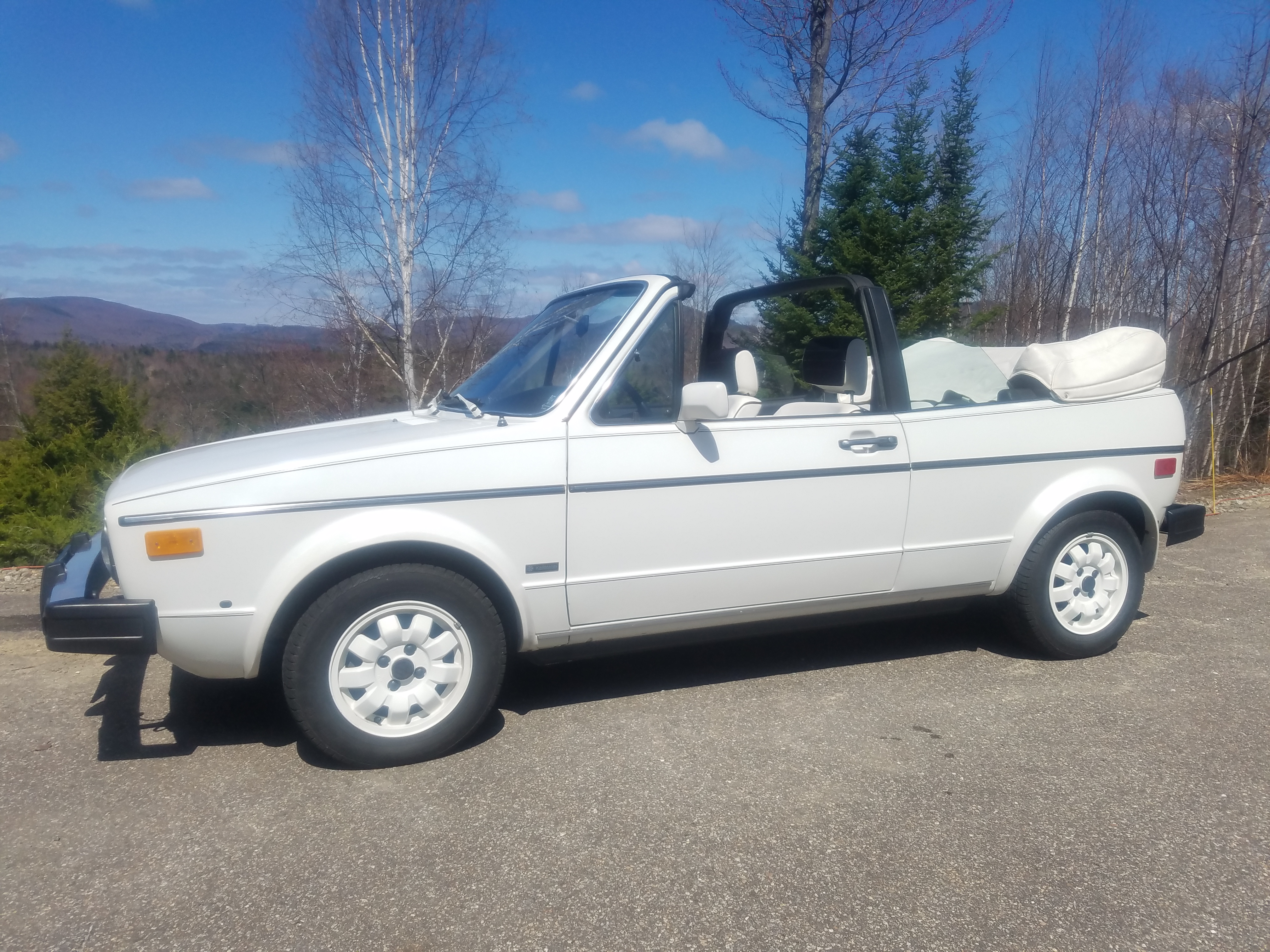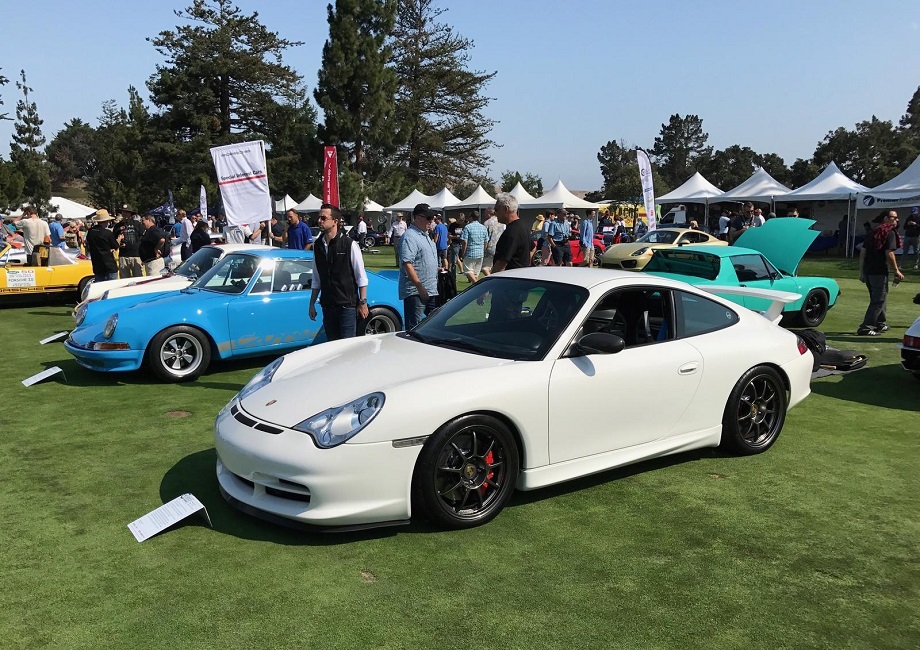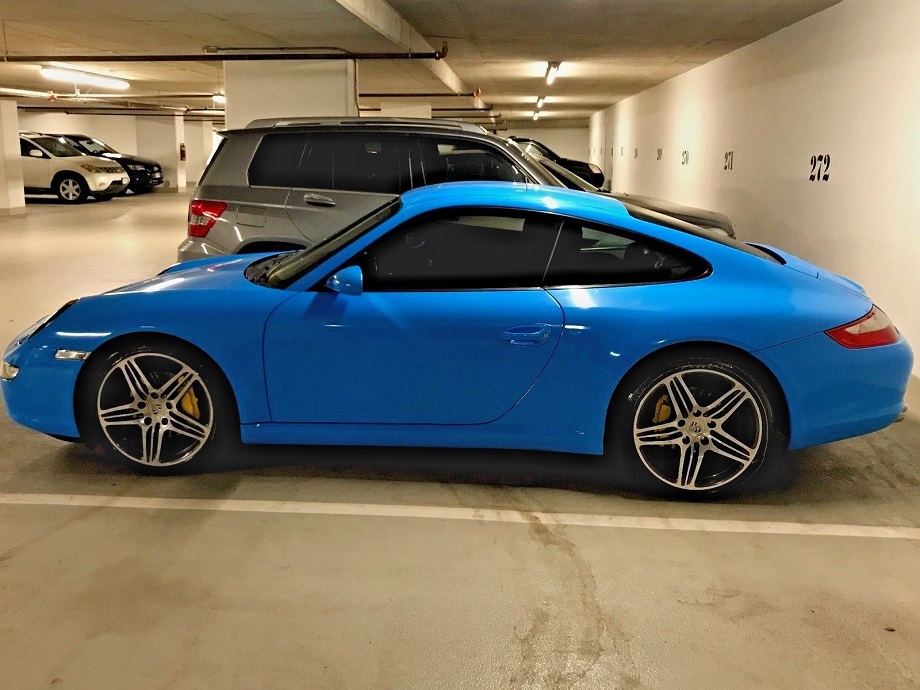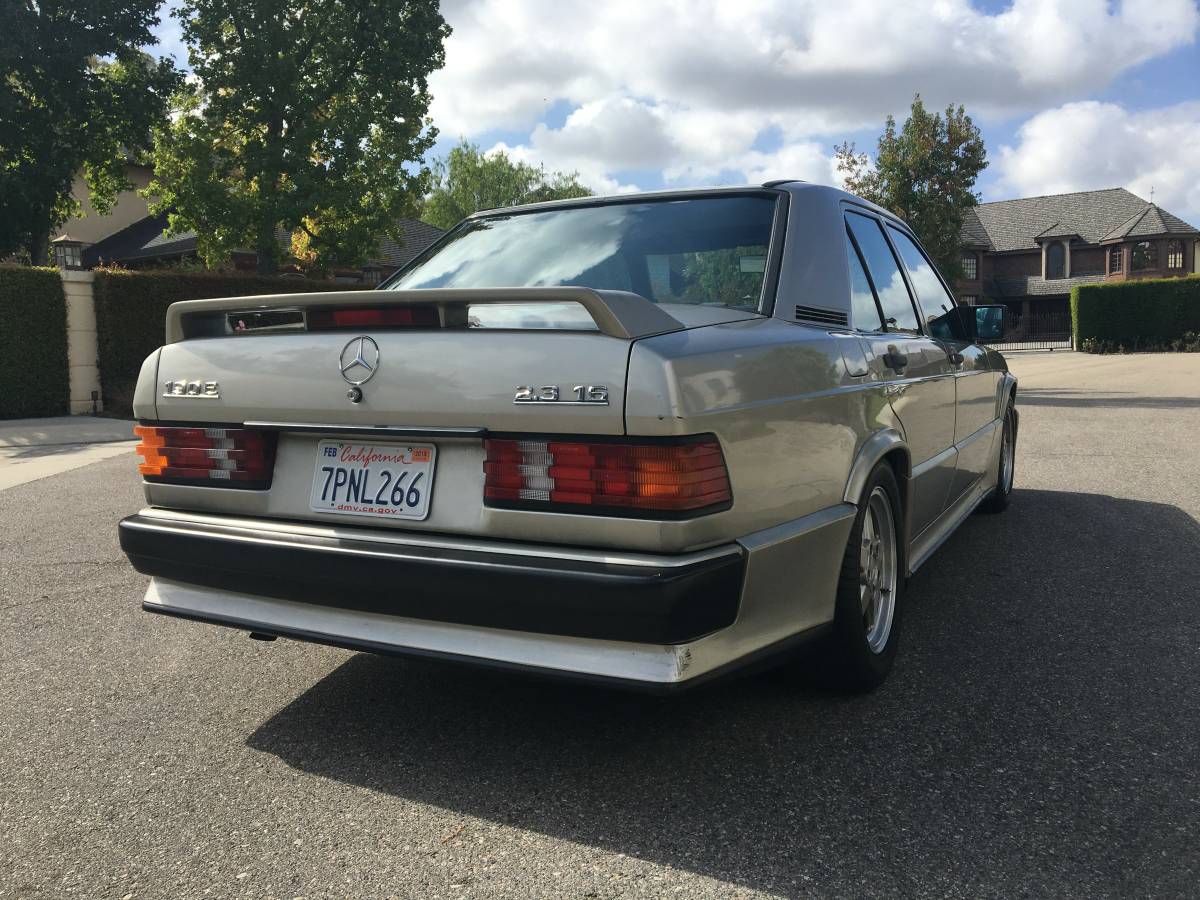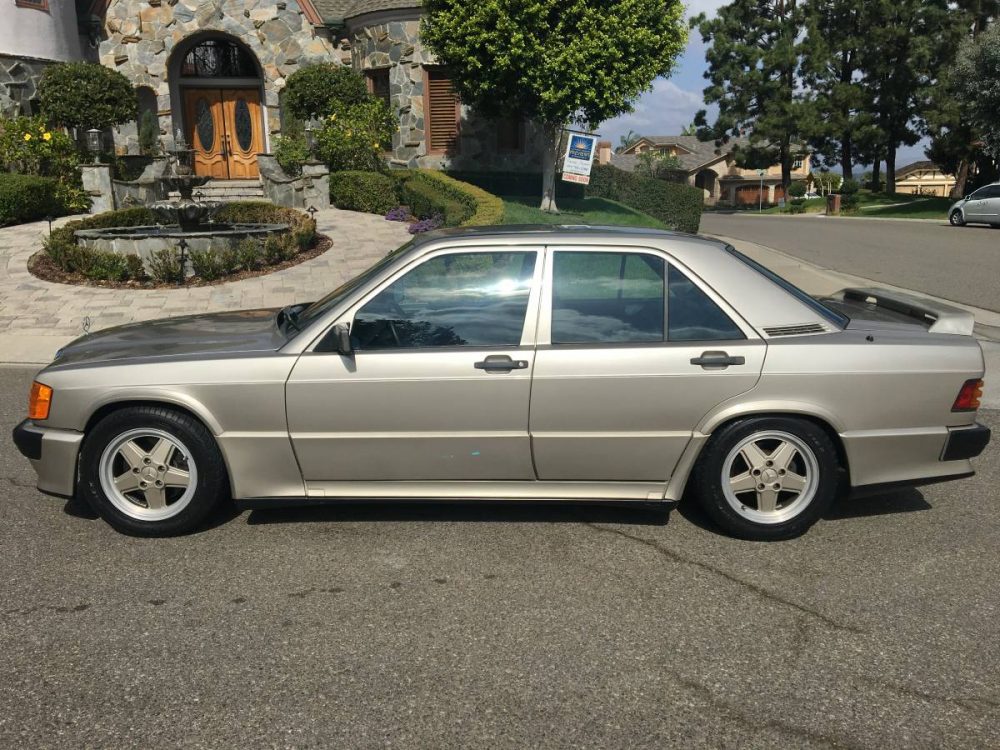In the early 1980s, there were precious few options for open-air German motoring. Sure, there was the tried and true Mercedes-Benz SL; a luxury car aimed more at boulevard cruising and polo club grand-standing than the Sport Licht moniker would indicate. Porsche’s 911 Cabriolet was certainly more sporty, but also too expensive for most to contemplate as a fun second car. BMW and Audi? The latter was over a decade away from having a factory convertible, and the former took until the mid-80s to introduce its drop-top 3-series. For the plebeians, then, the only real option was Volkswagen’s Rabbit convertible.
Rabbit Convertibles were produced by Karmann in Osnabrück, Germany – about a two and a half hour drive west from Volkswagen’s Wolfsburg plant. As they did with the Scirocco, Karmann’s distinctive badge adorned the model, here on the front fenders. The intensive construction process laden with chassis strengthening and bespoke items like the added roll-over bar meant that VW’s normal production line couldn’t handle the task. Although these were the heaviest of the A1 models, compared to today’s metal they were downright lithe; a manual early Convertible like today’s, even with air conditioning optioned in, weighed less than 2,300 lbs. While never the most powerful in the lineup, the light weight and manual transmission made the original Rabbit convertibles one of the more entertaining ways to experience compact German engineering and open-air motoring in the notoriously malaise early 80s.
While the persona surrounding the model, and more generally the people who bought the model new, tends to steer away from the typical ‘enthusiast’, the Rabbit Convertible has nonetheless moved solidly into collector territory. It’s a smart-looking, practically packaged and fun to drive convertible that can be run on a budget, fit four people in relative comfort and generate smiles throughout. In a world of increasingly serious automobiles, the Rabbit Convertible and Cabriolet models were just simple fun. Because they were so good at what they did, they’ve often been treasured more than the standard Volkswagen. But even then, few appear on our radar like this 1983 example:
